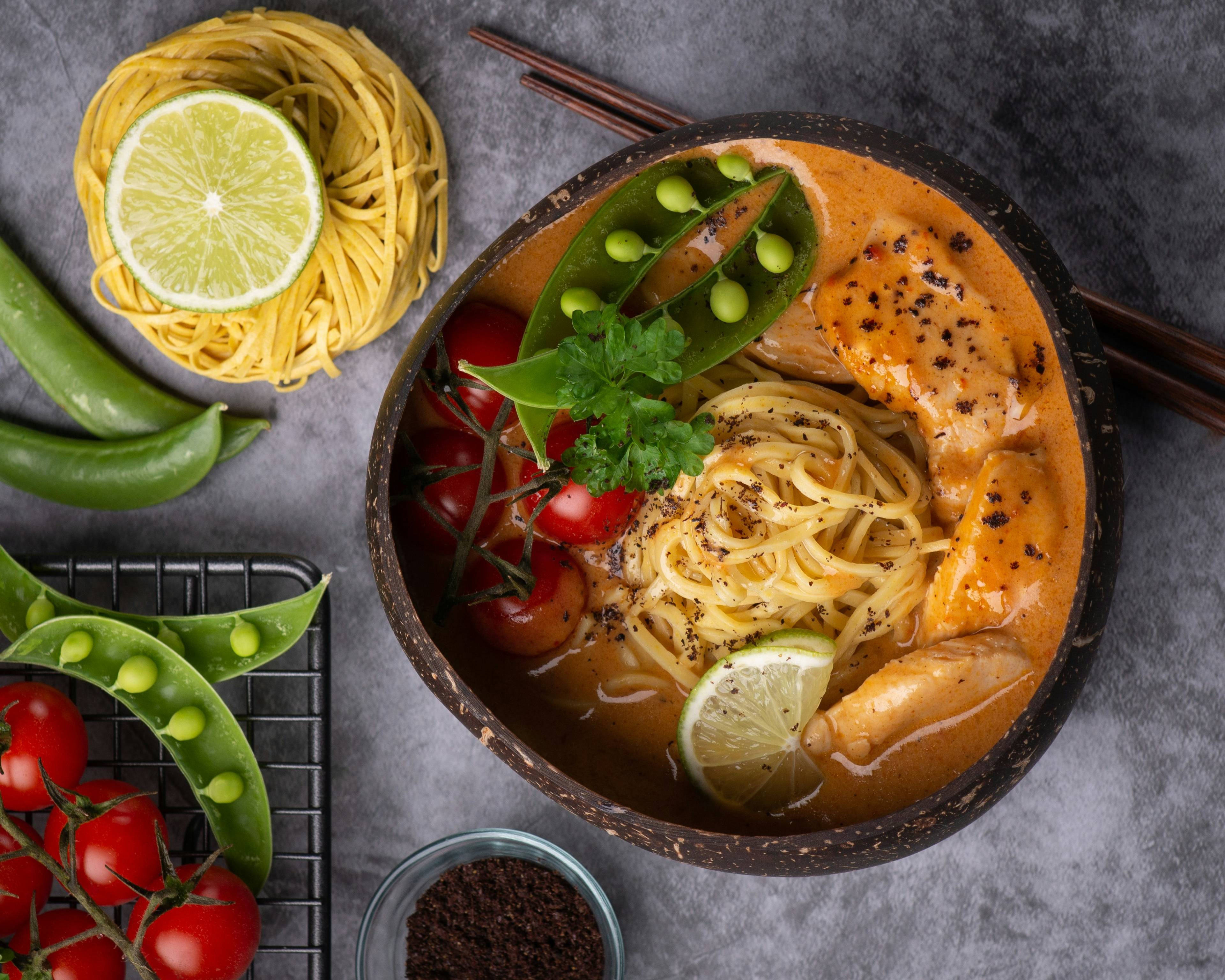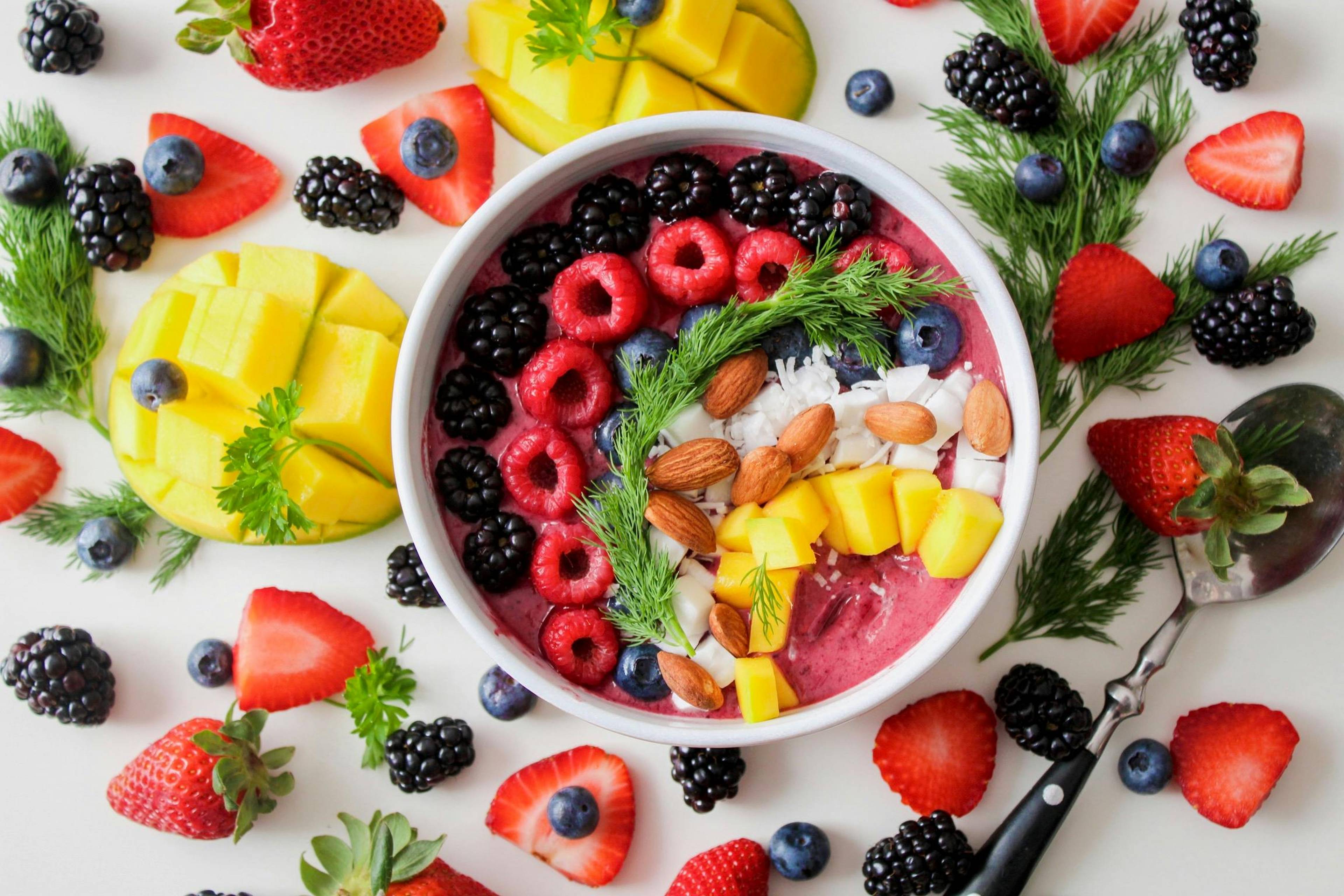What Is a Flexitarian Diet?
You’ve probably noticed that there’s a smorgasbord of choices when it comes to diets and healthy eating. The flexitarian diet is one such dietary pattern that’s taken the world by storm.
A flexitarian diet mainly involves eating plant-based foods, but you can still have meat, fish, eggs, and dairy now and then. The name "flexitarian" comes from "flexible" and "vegetarian". This diet is more flexible than a strict vegetarian or vegan diet.
Let’s look at this diet, its pros and cons, and how to easily incorporate it into your lifestyle.

What Is the Flexitarian Diet?
Why Is the Flexitarian Diet Gaining Popularity?
The flexitarian diet has been making waves in the health and wellness industry for a variety of good reasons. In an era where the collective consciousness is increasingly focused on sustainability and health, the flexitarian diet ticks all the right boxes.
Let's dive into a few reasons why this healthy diet is making such a big splash:
Inclusivity
Firstly, the flexitarian diet is appealing because it's not about restriction—it's about inclusion. Unlike many other diets that require you to eliminate certain food groups and make drastic lifestyle changes, this type of vegetarian diet simply encourages you to add more plant foods to your meals and go meatless more often than not. This positive approach to eating is refreshing in a diet culture often dominated by “don'ts” rather than “dos.”
Health Benefits
Furthermore, the flexitarian diet is gaining popularity due to its potential health benefits. Studies have shown that plant-based diets can positively influence blood pressure and cholesterol levels while also supporting your body’s natural fight against the risk of type 2 diabetes and the risk of heart disease.
Not only that, but this diet plan can encourage body weight management, which can help lower the risk of obesity. Plant-based foods are generally low in calories and saturated fat while being high in fiber, healthy fats, plant protein, and other essential nutrients.
Environmental Impacts
Lastly, in addition to health benefits, the flexitarian diet also aligns with growing concerns about the environment. Reducing meat consumption can significantly lower carbon emissions and water usage, contributing to a more sustainable food system. This eco-friendly aspect of the flexitarian diet resonates with many individuals who are conscious of the carbon footprint they leave on the planet.

Tips for Starting a Flexitarian Diet
What Does a Typical Flexitarian Diet Look Like?
Here is an example of what an average day following the flexitarian diet might look like:
Breakfast
Breakfast might start with a vibrant smoothie bowl packed with seasonal fruits, a handful of spinach or kale for extra nutrients, and topped with a sprinkle of chia or flax seeds. Alternatively, you could enjoy a warm bowl of oatmeal topped with fresh berries or a slice of whole-grain toast with avocado and cherry tomatoes.Lunch
For lunch, you could have a hearty salad of mixed greens, cherry tomatoes, cucumber, bell peppers, lentils, and chickpeas, topped with your favorite dressing. A second option could be a whole grain wrap filled with grilled vegetables like bell peppers, zucchini, and eggplant, a spread of hummus for protein, and a side of mixed fruit.Dinner
When dinner rolls around, you might enjoy a stir-fry with brown rice, a variety of colorful vegetables, tofu or tempeh, your favorite seasonings, and a savory sauce. Or, you could have a piece of grilled salmon or chicken breast with a side of quinoa and steamed veggies. Remember, the key here is balance and moderation.Snacks
Snacks throughout the day could include a handful of nuts, fresh fruit, yogurt, or hummus with carrot and cucumber sticks. Drinks can include water, herbal teas, or even a glass of red wine if you fancy.Remember, the flexitarian diet can be adapted to suit your preferences and lifestyle. It's not about strict rules but making more conscious, healthier choices most of the time. You can still have things like red meat, but you’ll just need to eat in moderation.

What Foods Should I Avoid?
How Does the Flexitarian Diet Compare to Other Diets?
The flexitarian is much less restrictive than vegan and vegetarian diets. Veganism requires eliminating all animal products from the diet, including dairy and eggs, while vegetarianism eliminates all meat.
These diets can offer significant health benefits, from weight loss to heart health. However, they also demand a high level of commitment and can be challenging to follow for some people, especially meat-eaters who are used to centering meals around animal products.
The flexitarian diet provides a more accessible entry point into plant-based eating. It encourages a predominantly plant-based diet, rich in fruits, vegetables, legumes, and whole grains, but doesn't entirely exclude meat. This flexibility allows individuals to enjoy the health benefits of a plant-based diet without completely giving up on animal products.
On the other end of the spectrum, we have non-vegetarian diets like paleo and keto. The paleo diet encourages eating like our hunter-gatherer ancestors, focusing on lean meats, fish, fruits, vegetables, nuts, and seeds while excluding grains, legumes, and dairy. The keto diet is a high-fat, low-carb diet that pushes the body into a state of ketosis, where it burns fat for energy instead of carbohydrates.
The flexitarian diet offers a balanced, middle-ground approach. It incorporates the plant-based focus of vegetarian and vegan diets, the flexibility of an omnivorous diet, and the balance of macronutrients often associated with Mediterranean-style diets. This combination makes the flexitarian diet a versatile and sustainable choice for many people, regardless of their dietary preferences or restrictions.
What Are the Potential Challenges of the Flexitarian Diet?
More Choice, More Responsibility
The freedom that comes with the flexitarian diet, as enticing as it seems, can be its greatest challenge. It's a diet that gives you the liberty to decide what you eat, but with that liberty comes the responsibility to make informed, health-conscious choices. The balance between indulging in meat and focusing on plant-based meals can be tricky. It requires discipline and a strong commitment to limit meat consumption, not just on meatless Mondays but throughout the week.
Social Challenges
Transitioning to a flexitarian diet can also be a social challenge. As with any significant change in lifestyle, you may encounter resistance or skepticism from friends or family members. Misconceptions about the diet are common. Some may believe it's nutritionally deficient, considering the reduced meat intake. Others might dismiss it as just another fleeting fad diet in the ever-changing landscape of health and wellness.
Nutritional Balance
Another potential challenge is ensuring your diet is nutritionally balanced. While a flexitarian diet can be rich in a variety of plant-based foods, you need to be mindful about getting a sufficient intake of all essential nutrients. This includes protein, iron, omega-3 fatty acids, and vitamin B12, which are commonly found in meat and can be overlooked in a plant-based diet. The good news is these challenges can be overcome with a little planning, understanding, and the right support. A well-rounded flexitarian diet can provide all the nutrients your body needs. It just requires a bit more attention to the types of food you're incorporating into your meals.
